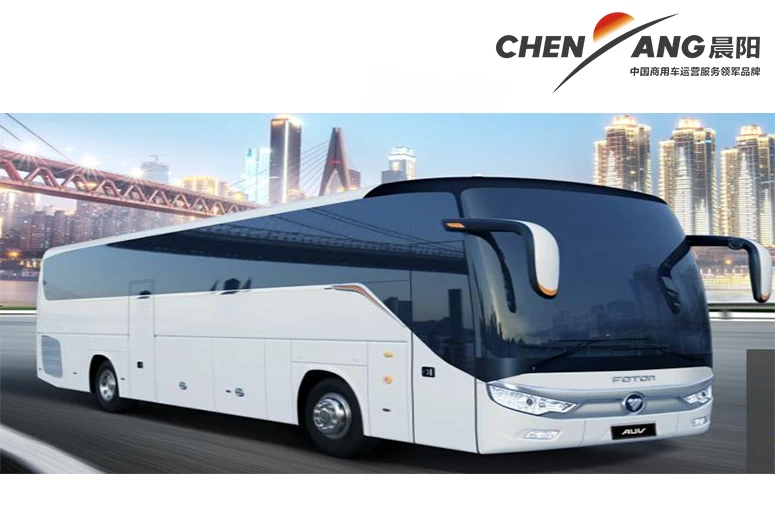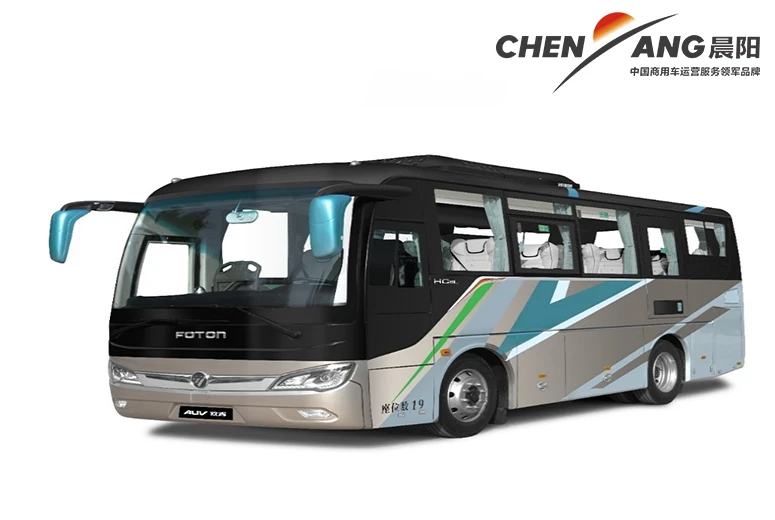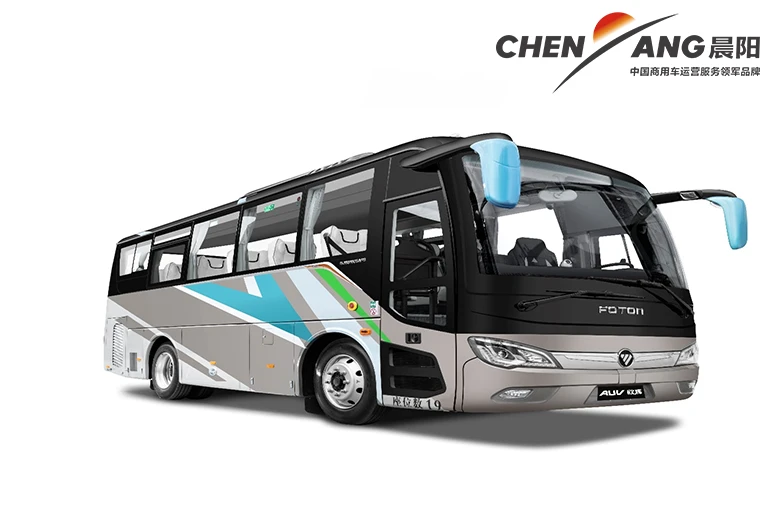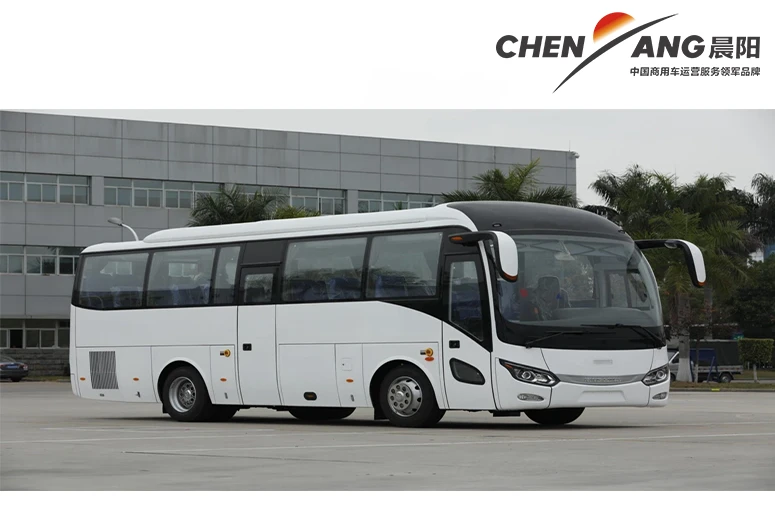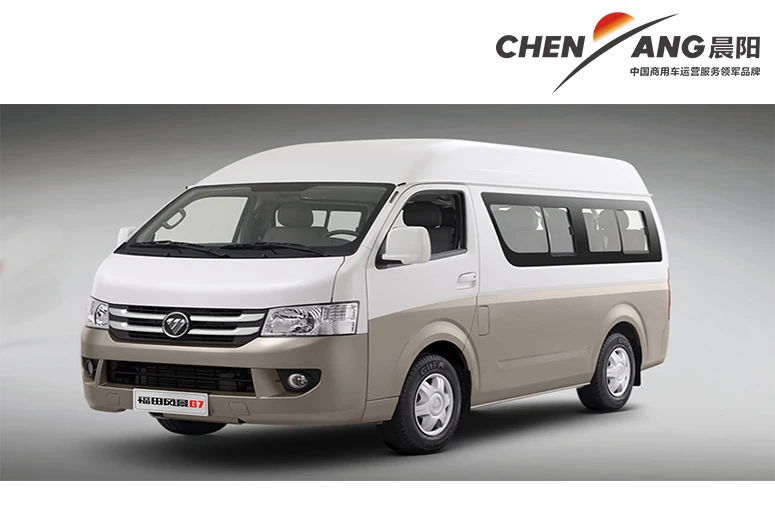New Coach Vehicle
Purchasing a new coach vehicle offers several advantages, including reliability, passenger comfort, fuel efficiency, and advanced safety features. A new coach is less likely to experience mechanical issues early on, which means fewer disruptions in service and lower maintenance costs. Many new models also come with warranties, covering major repairs during the initial years and saving operators from unexpected expenses.
Passenger comfort is greatly enhanced in newer models, as they typically include upgraded seating, climate control, and improved suspension systems. Features like noise-reduction materials, spacious interiors, and ergonomic seating provide a more pleasant travel experience, which is important for retaining customers, especially on longer routes.
Modern coaches are often designed with fuel-efficient engines and can meet current emissions standards, which helps reduce fuel costs and environmental impact. Hybrid or electric options may also be available, providing even more savings and eco-friendly benefits.
Additionally, new coaches are equipped with advanced safety technology. This includes features like anti-lock braking systems (ABS), electronic stability control (ESC), and collision-avoidance systems that enhance driver control and passenger safety. These benefits make investing in a new coach an appealing option for operators who prioritize comfort, efficiency, and safety for their passengers
What Safety Features Should I Look For In A New Coach Vehicle?
When purchasing a new coach vehicle, consider safety features that enhance driver control, passenger protection, and accident prevention. One essential feature is the anti-lock braking system (ABS), which prevents wheels from locking during sudden braking, allowing the driver to maintain better control. Electronic Stability Control (ESC) is also valuable, especially on wet or winding roads, as it helps prevent skidding by automatically adjusting braking and engine power.
Collision avoidance systems are increasingly common in new coach models, using sensors to detect obstacles or sudden stops ahead and alerting the driver to take action. Many models also include lane departure warning systems, which signal the driver if the vehicle begins to drift from its lane, reducing the risk of accidents caused by drowsiness or inattention.
For passenger protection, look for seatbelt-equipped seating and reinforced frames that provide additional safety in the event of a collision. Enhanced side and rearview cameras also help drivers navigate safely by improving visibility in blind spots, especially useful when maneuvering in tight areas or busy roads.
Finally, some new coaches offer fire suppression systems in the engine compartment, as well as emergency exit lighting and easily accessible fire extinguishers. Together, these safety features make for a more secure and reliable transport option, helping protect both drivers and passengers.
What Should I Consider Regarding Fuel Efficiency When Choosing A New Coach Vehicle?
Fuel efficiency is a critical consideration when selecting a new coach vehicle, as it directly impacts operating costs and environmental impact. One of the first things to evaluate is the engine type. Many new coaches come with fuel-efficient diesel engines, and some manufacturers offer hybrid or fully electric options, which can significantly lower fuel costs and emissions, particularly for operators in urban areas or on shorter routes.
Transmission type can also influence fuel economy. Automatic transmissions with multiple gears can optimize engine power and reduce fuel consumption, especially on routes with varying speed limits. Advanced transmission systems adjust gears automatically based on road conditions and load, enhancing efficiency.
Aerodynamics play an essential role in fuel efficiency as well. Coaches with sleek, streamlined designs face less air resistance, requiring less power to maintain speed, which saves fuel. Additionally, lightweight materials, such as aluminum or composite panels, reduce the vehicle’s overall weight, allowing for improved fuel efficiency without compromising durability or passenger capacity.
Telematics and fleet management systems are also helpful for monitoring and optimizing fuel usage. By tracking data such as idle time and driving behavior, operators can identify areas for improvement, reduce fuel wastage, and ultimately lower operating expenses. These considerations can lead to significant savings and more sustainable operations over time.


